She’s a late bloomer, tall and stooped, but she’s still the belle of the ball and extremely attractive. Just ask the butterflies and bees shopping around for a late-season snack before winter really sets in. Blue sage is where the party is.
A member of the Mint (Lamiaceae) Family, Salvia azurea (our variety seems to be grandiflora) grows up to five feet tall in our yard, with spikes of beautiful, blue flowers in whorls. Also known as Pitcher Sage or Azure Sage, it blooms in summer to fall, sometimes late fall, as in our case. It has narrow lance-shaped leaves up to 3-4″ long, coming off a somewhat spindly stem that can droop under the weight of the flowers, causing some folks to recommend cutting the stems at about half-height in the spring to promote more bushiness and less altitude. It can be propagated from seed, splitting the root ball, and from stem cuttings, but please don’t take plants from the wild to do this. It’s just not that common out there. Collect the seeds, instead, or buy some from a local native seed seller.
She has given us no trouble and makes no demands, cruising right through a brutally hot and dry summer with nary a complaint (and no watering!).
Threatened in Illinois and listed as “of special concern” in Tennessee, it is found widely distributed across the U.S., from the East Coast west as far as Utah, and from Texas north to Minnesota, which seems to form its western boundary that far north. In Missouri, it is said to dwell in limestone glades, prairies and open ground, mainly in the southwestern part of the state. In our yard, it grows next to a big rock in our front yard, in pretty much full afternoon sunlight. It seems quite happy.
It caught our attention on Halloween day, a fairly warm and pleasant one for the end of October. We went outside to get in the car and run errands, and I noticed a flurry of activity around our blue blossoms. Closer examination revealed a gala of butterflies (mainly skippers and sulphurs), honey bees and native bees swarming over the plants. So much for the errands. Out came the camera, and here are some results. Others are just below.
To be fair, other plants were also fairly busy that day, such as goldenrod and a couple asters, but the blue sage was the headliner of the show, even after two freezes so fair this year. She’s also supposed to be attractive to hummingbirds—not surprising I suppose when you consider the tubey flowers.
So what else is this pretty sage good for? One herbalist thinks quite a lot of her: “The Sages are perhaps my favorite and most used plants, I use local native Sages (Salvia subincisa, Salvia greggii, Salvia azurea), as well as the ones I grow in pots and my garden (Salvia apiana, Salvia officiniale, Salvia coccinea). A top rate wound and burn remedy, great for toothaches and gum disease, anti-anxiety and anti-depressant, cooling and assisting with hot flashes and hormonal imbalance, it also calms upset tummies, works on many headaches & migraines, is a gentle diaphoretic when ingested hot as well preventing sweating and loss of bodily fluids when taken cold… I could spend my whole practice studying just Sage!” Well, really, what else do you need?
Now how much of this is our S. azurea and how much is the other sages is unknown to me at this point. The sage group is well known world-wide for medicinal and culinary properties, but there is almost no mention of Blue Sage being good at anything except attracting pollinators and looking pretty.
In fact, that kind of reminds me of a few other celebr……… Er, wait.
Nope. Not going there.


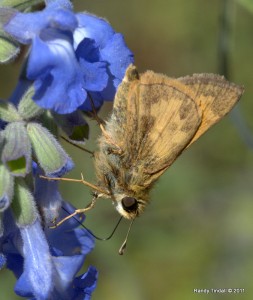
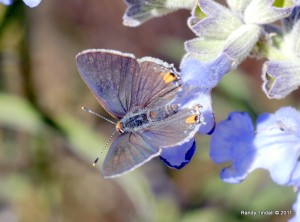
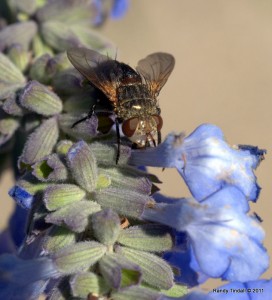
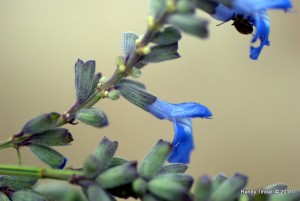
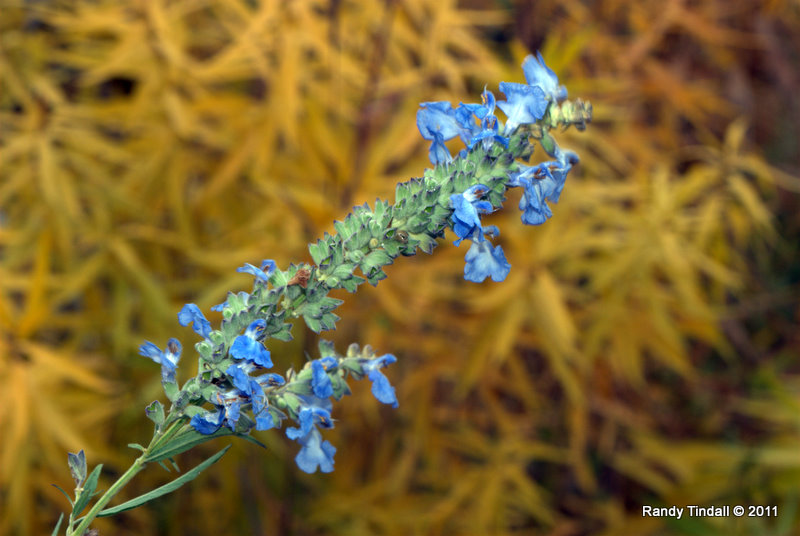
Awesome! Treated my apiary with limestone very carefully two years ago and planted some blue sage along with blueberries and ect. My ground being a blessed mix of rich soil and sand, my sage is thriving and my mels are happy!!!!! Thankyou for your sight!!!
Katy ( Katrina, 120American Honey)
Ps. Sage came from an awesome farm , looking forward to doing biz with them in the spring.
Thank you for sharing information and your personal experiences — and gorgeous photos! We have a little woodsy lot on a very steep rocky hillside down between Nixa and Branson, and we are looking forward to adding as many native wild plants as possible — I have no interest in it looking at all prim-n-proper, I want it wild. 😉 So, needless to say, I really liked your introduction to Nadia’s Yard. Sage is one of the plants that I hope to put in next year; wildflower seeds are being spread this fall in the little clearing area to the side of the house. Great web site!
Thanks for reading! If you mosey up this way sometime and give us a little advance notice, we can show you our own wild yard. Sometimes groups come by and Nadia gives the Grand Tour.
OK but does it smell good? 🙂
Apparently. If you’re a pollinator. 🙂
Funny story I live in Homosassa Florida and I found a plant and I believe it’s blue sage and you’re right it was near the lime rock so I had to been brought in that way and grew in the yard. I wish I knew how to send a picture so you can see it to tell me what it is, it has soft fuzzy leaves. I wish I could show you a picture.
I would love some help. This was planted at the house, I thought it was lavender to find out it is blue sage, I would love any information on how to use/make infused oil, and salve/rubs please let me know this beautiful plant has to have some amazing benefits.
Hi Gina,
I’m sure there is a lot of information on the web about preparing medicinal oils and salves from plants, but we don’t really do that here. A quick search should give you lots of places to look. Thanks for reading.